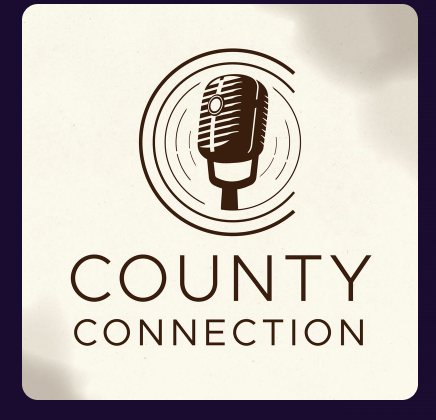Last week, Jamie Dimon, the CEO of J.P. Morgan Chase, discussed his bank’s major investment strategy in opening 400 new branches in several areas where it had not yet penetrated. The new locations are all in major metropolitan areas and include the cities and suburbs of Boston, Philadelphia, and Washington, D.C., among others. Bank of America is also showing signs of following the same strategy.

Is this a shift in direction from previous years where we’d seen banks closing their branches in large numbers? The answer is both “yes” and “no.”
First, the large banks are still closing branches in small cities and towns. The idea of using a corner bank branch to deposit and withdraw money through a teller is becoming a fading memory.
Second, the large banks are following the big money, which tends to be in major metropolitan areas. These locations will be staffed by small teams of wealth management advisors; there would also be interactive kiosks to manage typical financial transactions.
These big banks will follow the money flow, which is just as expected. The small community banks, on the other hand, will serve the smaller communities.
My only concern is that, as the banking landscape shifts, there will be a lack of banking competition—and that could lead to higher banking costs.
So how do you manage a lack of competition in the smaller markets? The answer lies in following:
1.) The need to develop stronger banking relationships is more important than ever. The greater the interactions you have with your banker(s), the more services that will be offered to your entity.
2.) Banks of all sizes want your general operating account and your recurring transaction business. They are not only interested in your entity’s deposits.
3.) Because your taxpayers and students come first, if you’ve been considering the importance of earning more on your operating cash, start identifying the rate potential your cash has and taking the steps to realize that interest on your financial statements.
4.) Increase your use of electronic banking and other advanced technology so your entity is not dependent on a nearby bank branch.
5.) If you are not receiving the best pricing, deposit rates, or banking services, then consider issuing a bank RFP to get them.
6.) If there is only one branch—or none—in your community, team up with other institutions or entities in your area to create a larger base of business. By creating a greater economy of scale, you’ll likely receive more banking services at better pricing and more attractive rates.
Banking continues to shift in a changing landscape. Because banks play an important role in managing your finances, they should be considered as strong partners but not sole providers. We live in a competitive national marketplace—and that can be used to your entity’s advantage.
The greater the competition, the better the pricing and rates you and community can receive.
Through a fair and independent process, three+one can help define your financial needs and ensure that banking’s shifting and competitive landscape works in your favor.


